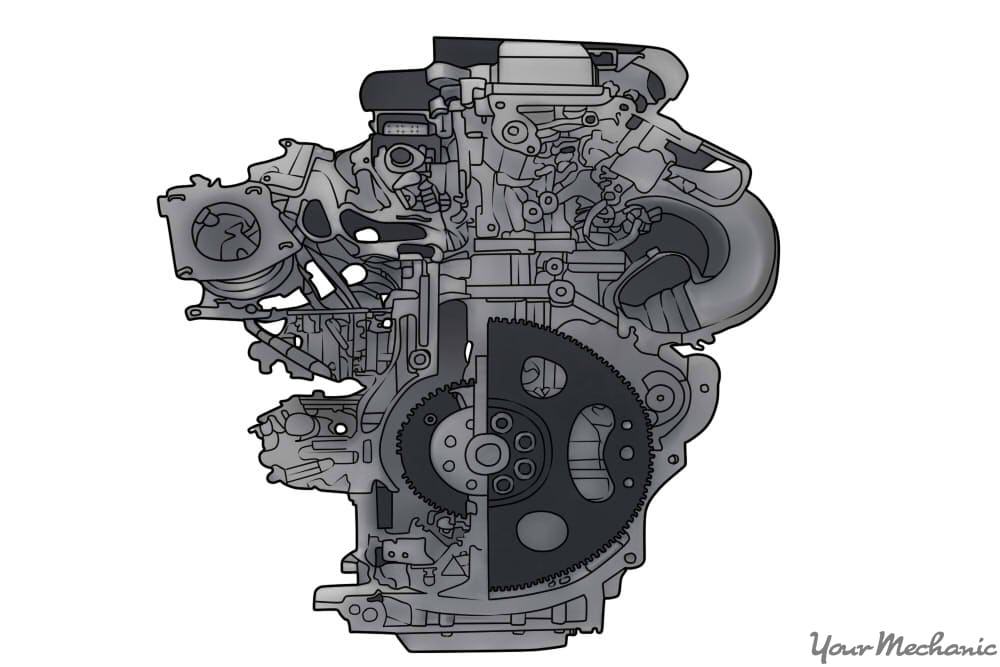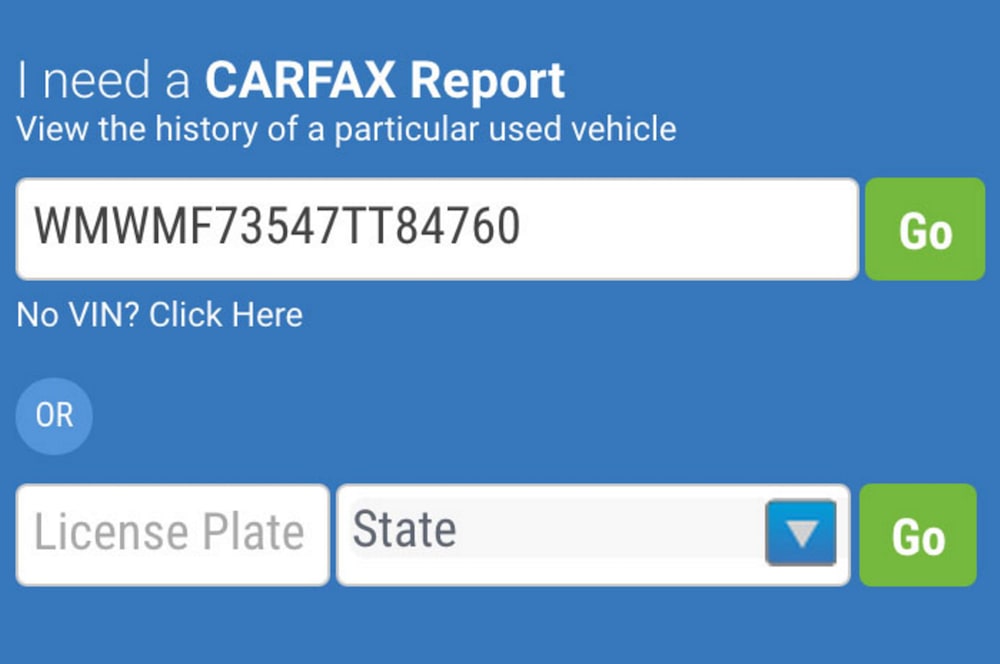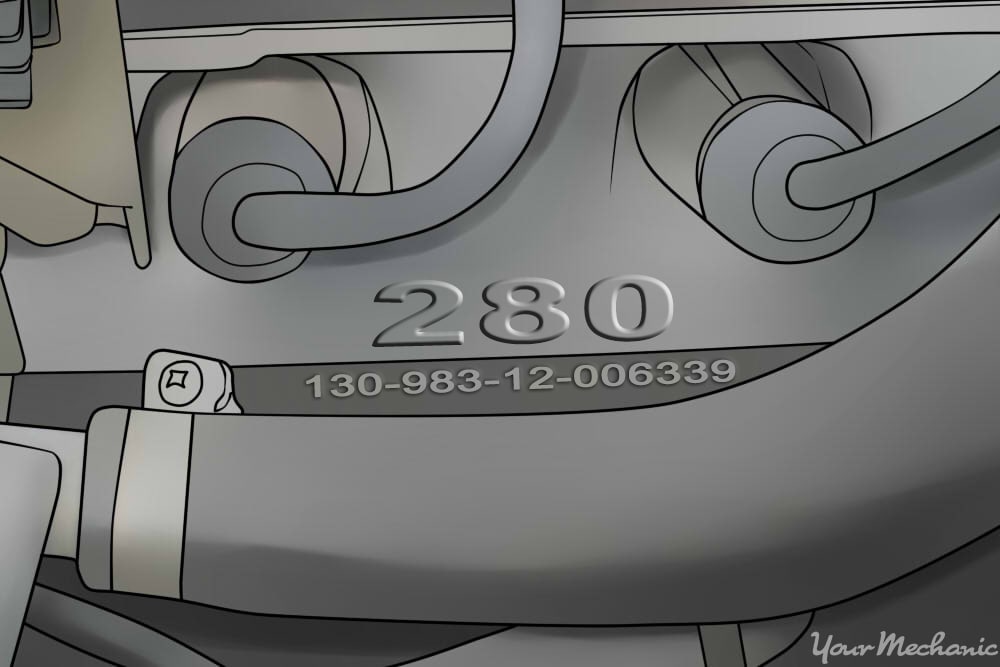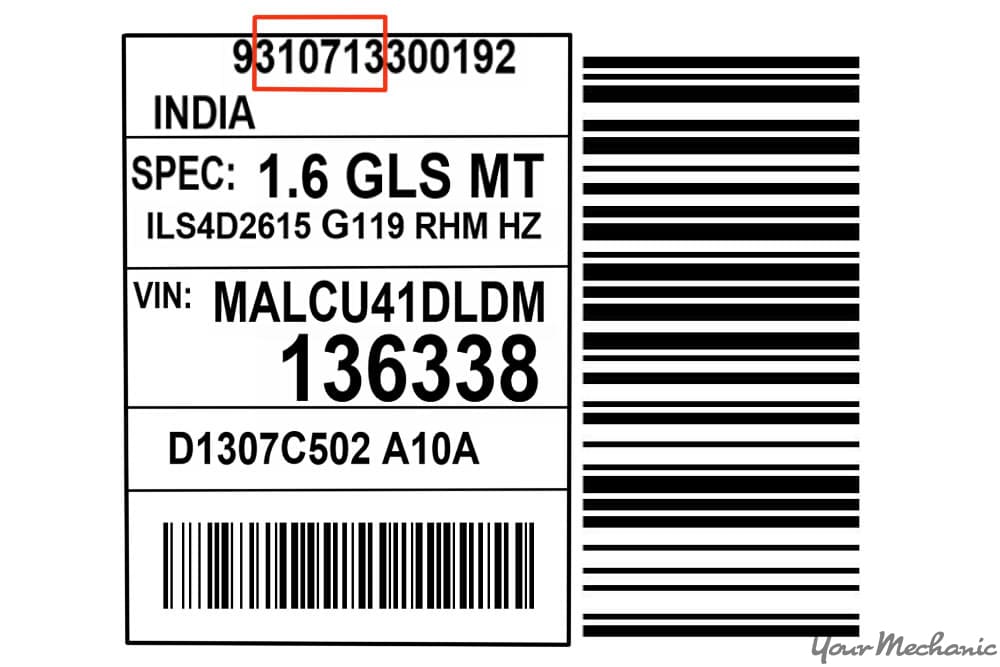

The engine under the hood is the most important component of a vehicle. Without the engine, your car cannot run and is of little value to you. If you have been in an accident, or neglected your engine to the point that it has stopped running, you may find yourself in the market for a used car engine.
While buying a new engine can be expensive, it is usually cheaper than buying a whole new car. Buying a new engine can be intimidating, and for good reason, since it can be expensive and complicated to find and replace.
By following these step-by-step directions, finding the perfect used engine for your car can be a little less painful.
Part 1 of 3: Determine your need
Before you search for a new engine, verify that you actually need a new engine.
Step 1: Know the signs. Be aware of signs that your engine is on its last legs. Here are a few warning signs that your engine will display:
Refusing to start in cold weather
Oil pooling under the vehicle whenever it is parked for any length of time
Using lots of oil
Severe and persist engine knocking
Steam coming out of the engine on a regular basis
If your vehicle is exhibiting any of these signs, it is best to have the vehicle fully inspected. One of YourMechanic’s mobile mechanics will be happy to come to your home or office to inspect your engine and give you a prognosis on its health.
Part 2 of 3: Gather information
Step 1: Collect vital information. Collect the vehicle’s engine information, which will help you find the correct engine replacement for your car.
You will need the VIN number, engine code, and the production date. This information will make it easier to determine if a used engine is compatible with your car.
The VIN number can be found on the VIN plate, which is located on the front section of the dashboard on the left hand side of the vehicle. You can usually read it through the windshield.
The engine number is usually engraved on the engine itself. Pop the hood and look for a plate with a number on it attached to the engine. If you cannot find it, consult your owner’s manual, which should include instructions on how to find the engine number.
- Tip: As a last resort, call the dealership. The dealership should be able to help you identify the engine number of your particular car.
The production date is embedded in the VIN number. Search online for a VIN decoder for your particular type of car, enter your VIN, and it should tell you the month and year the car was manufactured.
Part 3 of 3: Find an engine
There are many ways to find a used car engine. There are also many rebuilt or used engine sellers online. Here are few tips for your search:
Step 1: Call engine sellers.Call a number of engine sellers and ask if they have the engine you are looking for, being sure to ask questions about the condition of the engine.
Step 2: Look for a low mileage engine. Look for an engine with under 75,000 miles if possible. A engine with low mileage will have less wear and tear on the major components.

Step 3: Verify the mileage. Ask the seller to verify the mileage via a CarFax or other vehicle history report.
You can run a CarFax as long as you have the VIN number, so if they are unwilling to provide one, pull one yourself. Check the mileage, if the vehicle was in an accident, and if it has a salvage title.
Step 4: Ask about the history of the engine. Inquire about all aspects of the engine’s history.
Was the vehicle it came from in an accident? Has it been rebuilt? Is it a salvaged engine? When was last time it has been run? Can they start it? Get as much history on the engine as possible.
Step 5: Get a mechanic’s advice. Pass any information onto the mechanic who is going to install the engine to get their opinion as to whether it will be a good fit for your vehicle.
- Warning: There are less than honest engine sellers out there so always be cautious and double-check information. For example, if the engine is 10 years old, but they are claiming it only has 30,000 miles on it, this should be a red flag. Use 12,000 miles per year as a standard for engine mileage.
Step 6: Acquire engine details. Get all of the engine details and warranty information. An important question is whether the engine is a short block or a long block. Here are some differences to consider.
- Warning: If you buy a short block, make sure the parts you are taking off your old engine will fit and are in good shape. If your old engine was completely destroyed, be sure to factor in the cost of all the new parts you will need for the total rebuild cost of the used engine.
Step 3: Ask about warranty information. You should inquire about warranty options for the engine you are purchasing. If there is an extended warranty option, this is often a good idea in order to safeguard your purchase.
Step 4: Settle upon a price. Negotiate a price, including shipping costs. Engine prices vary dramatically depending on the type of engine you want.
- Note: Engines are heavy so shipping costs can add a significant amount to your total. Make sure you are negotiating on the total cost of the engine, including shipping.
Step 5: Have the engine inspected. Once the engine has been shipped, have your mechanic give it a thorough inspection to ensure that all parts are present and in the promised condition.
Step 6: Install the engine. Have the engine installed by a professional mechanic.
Switching out an engine is a complicated job, so, unless you are extremely comfortable working on a car, it is best to have a professional do the heavy work.
Once the process of installation is complete, your car should be ready to drive, so head out on the road and give it a spin. Remember, your new engine will require care and maintenance to preserve it. Our mobile mechanics are more than happy to come to your home or work to perform services your engine needs, such as oil and filter change, fuel filter replacement, cooling system flush, or any other services you may need.






